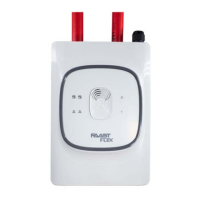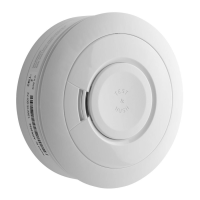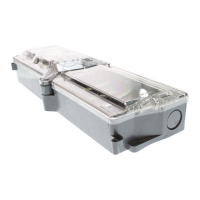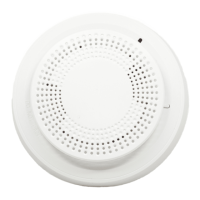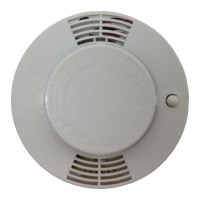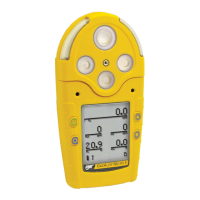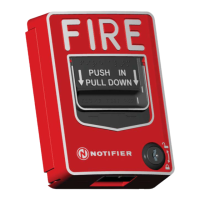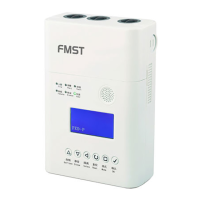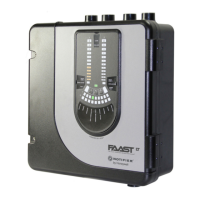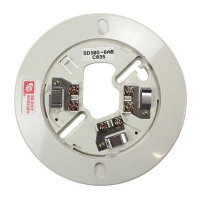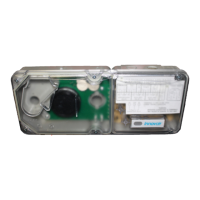FAASTFLEX FAAST FLEX Product Guide
www.xtralis.com 29
Table6-3: Smoke Levels Description
Alarm Level Obscuration Detected
Imperial Units Metric Units
Alarm level 0 0.014% obs/ft 0.046% obs/m
Alarm level 1 0.02% obs/ft 0.066% obs/m
Alarm level 2 0.03% obs/ft 0.098% obs/m
Alarm level 3 0.05% obs/ft 0.164% obs/m
Alarm level 4 0.10% obs/ft 0.328% obs/m
About Faults, Alerts, and Alarms
The unit can signal two types of abnormal conditions: alerts (minor issues) and faults (major issues). Faults
are indicated by the FAULT LED showing yellow, either blinking or steady ON. Some alerts or faults are
common to both channels (e.g. aspirator fault), whilst others are only related to channel 1 or channel 2 for 2-
channel devices (e.g. sensing head fault). If one or more faults occur, the FAULT LED indicates the most
important fault, and the fault relays are activated accordingly.
Faults can be either latched or unlatched , based on configuration. If latched, the user must manually clear the
fault by pressing the RESET button. User can configure a delay between flow fault condition and fault relay
activation (default is 30 seconds) during which activation is aborted if the fault condition terminates.
In dual channel models, if a fault is related to both channels both relays are activated. The device logs all
alerts and faults as well as the exit from fault or alert conditions. Alarms are raised when smoke levels exceed
the limits established by the device configuration. Alerts and faults are visible in the log file (Refer to section
6.3.6 Event Logs).

